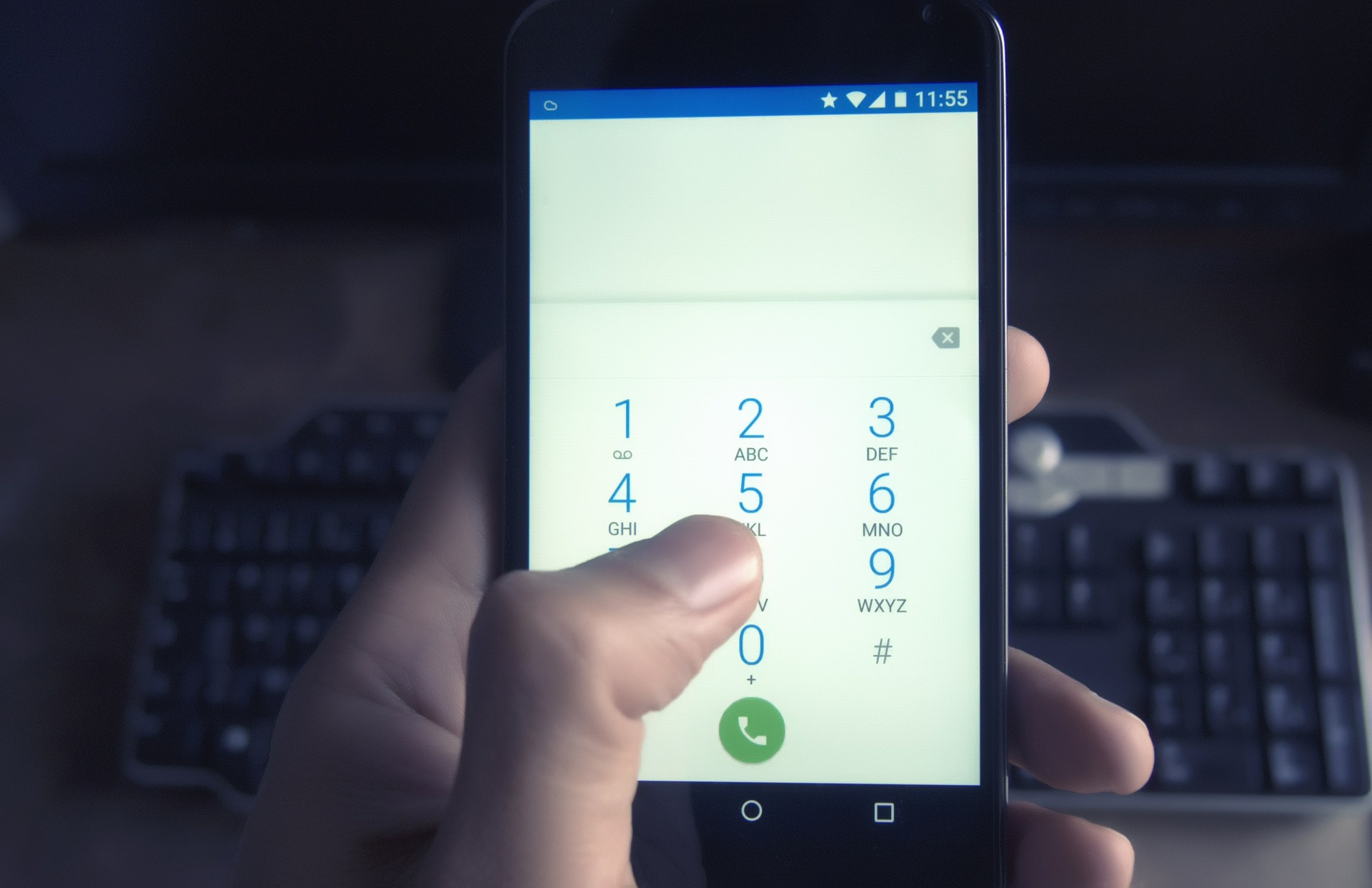It’s another busy Saturday at Barney’s Barbershop. Matt’s scurries to the front desk to ring up Joelle’s last customer. Suddenly, a “Lost / Stolen Card” error message flashes on the terminal. Matt’s heart begins racing. His palms now sweaty. What is he to do?
Though we’ve made significant strides to curb fraudulent activity with new payment technologies like EMV, fraud can, and still does, happen.
The good news is that there are proactive steps you and your staff can take to minimize your risk and effectively manage these situations.
So, what should Matt do?
If you or a staff member suspect fraud, like Matt, a Code 10 call should be made.
But First, What’s a Code 10 Authorization Request?
A Code 10 Authorization Request is a preventive tool used by merchants to verify additional payment card information, while, at the same time, alerting the card issuer of possible fraudulent activity.
Think of a Code 10 call as an added layer of prevention for your business that should only be used when suspicious behavior or unusual requests are evident.
Whether you sell products and services face-to-face, like Matt — or over the phone, by mail or online — you can employ a Code 10 Authorization to verify additional information on a suspicious transaction.
In other words, a Code 10 can be used in both card-present and card-not-present transaction environments.

When Should a Code 10 Authorization Request be Made?
You should act on your suspicions when the details around a transaction seem unusual.
Examples of suspicious activity in a card-present environment:
- A customer swipes or inserts their card in the payment terminal, and an error message reading “Pick Up Card” or “Lost / Stolen Card” appears on the payment device.
- A customer provides a card where the security code or expiration date have been manipulated.
- The signature on the card and the receipt don’t match.
Examples of suspicious activity in a card-not-present environment:
- An order is placed by a relay call, an operator-assisted telephone call, typically used by someone who is hearing impaired. While this is a valid service, criminals have been known to use the service to place fraudulent orders.
- A customer orders a large quantity of the same or similar item. Also, be cautious of large bulk orders with a shipping address of an apartment or self-storage unit.
- A customer provides multiple card numbers for the same purchase. You should also be leery of multiple card numbers that are only different by the few last numbers.
- A customer requests overnight delivery, without regard to costs.
- A customer requests immediate processing of the order and wants the tracking number used for the shipment ASAP.
- A customer places a phone order, requests immediate processing of the order, and then advises they will have someone come to the store location to pick-up the product.
- A customer requests delivery to an alternate address, other than the billing address, or the customer requests shipment to a freight forwarder. Criminals are known to use U.S.-based re-shippers to avoid detection of foreign shipments.
- A customer requests merchandise you do not sell. The most common requests are for cell phones and laptop computers.

How Do You Make a Code 10 Authorization Request?
If you suspect fraud, the very first thing to do is remain calm, then follow these simple instructions:
1. Retain the card in question and let the customer know that you need to make a phone call for additional authorization.
2. Call 1-800-725-1243 and ask to be transferred to the Voice Authorization department.
3. Choose the prompt for ‘Code 10’. You will be transferred to a voice authorization representative who will ask you a series of yes/no questions to verify the cardholder information during your call.
If the cardholder information cannot be verified by the voice authorization representative, the information will then be forwarded to an investigator for further research. You will receive the results of the investigation within 24-72 hours.
4. Follow the representative’s instructions. In some instances, you may be asked to retain the card and call law enforcement. Only proceed if it is safe to do so. Otherwise, process the transaction and contact the card processor as soon as the customer leaves the site.
Your Best Line of Defense
Matt remembered he and his team had recently reviewed the protocol for situations like this. With that, he breathed a sigh of relief, then calmly made a Code 10 call. Matt answered the representative’s questions in a normal tone and followed their instructions.
Like Matt and his team, it’s important to review these steps with staff, so they manage these situations in the most effective manner. Also, be sure to keep the contact information for reporting fraud easily accessible to all employees.
It’s worth noting that Code 10 Authorization calls can also serve as part of your chargeback prevention plan. For more tips on preventing fraudulent transactions in card-present and card-not-present environments, see the articles: 7 Ways to Proactively Prevent Credit Card Chargebacks and How to Prevent In-Person & Online Fraudulent Transactions That Can Result in Chargebacks.









 Subscribe to our Blog,
Subscribe to our Blog,